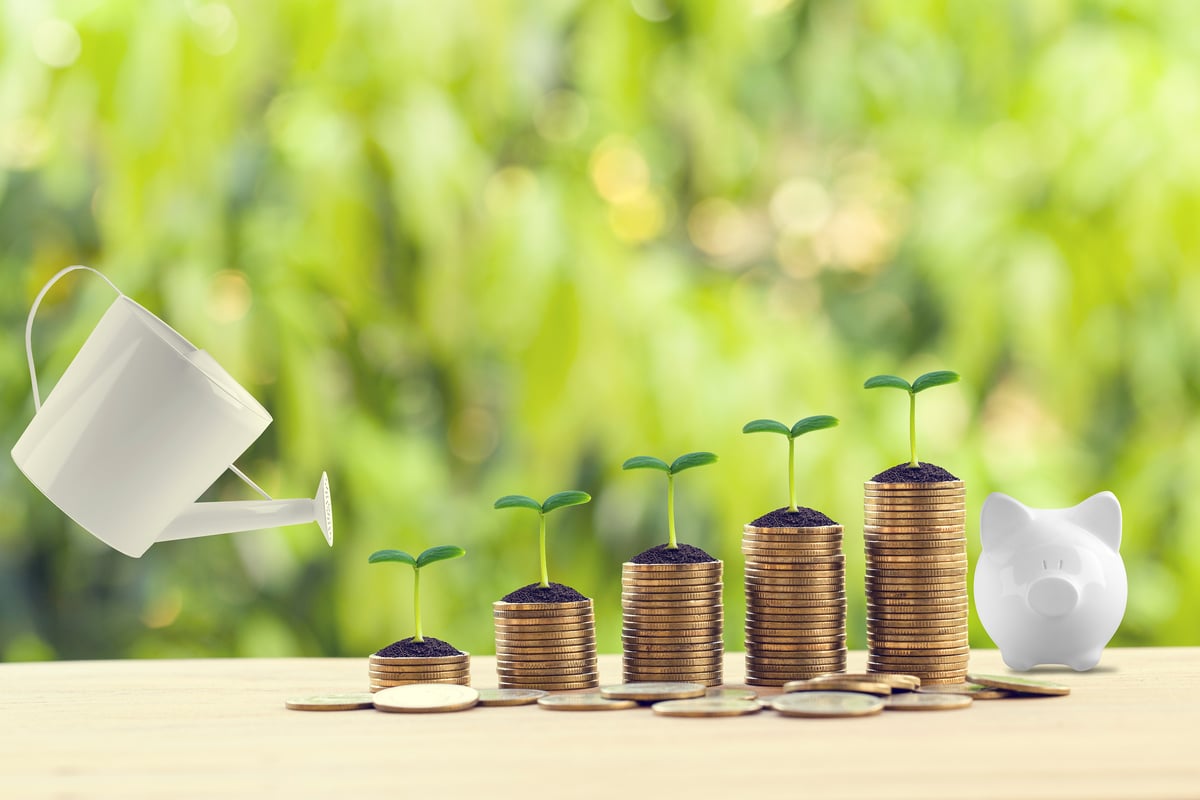
PepsiCo is nationally launching its so-called "craft" soda brand Stubborn, but what does that really mean? Image source: PepsiCo.
People have a pretty good idea of what craft beer is supposed to be, but does anyone really know what "craft soda" is? As PepsiCo (PEP +1.45%) takes its newest line of Stubborn "craft soda" national, it might be a good time to ask exactly "craft soda" should be defined as.
A rose by any other name
According to the Brewers Association, the trade group that represents the industry, a craft beer should primarily be three things:
- Small: Annual production of 6 million barrels of beer or fewer.
- Independent: Less than 25% of the craft brewery is owned or controlled by mass brewers.
- Traditional: Derives its flavor from the use of traditional or innovative ingredients and their fermentation.
While that definition has been somewhat fluid over time -- annual production volumes, for example, have been increased to accommodate the growth enjoyed by Samuel Adams maker Boston Beer; and adjuncts, instead of just barley, malt, and hops, have been allowed so that D.G. Yuengling & Son could also be included -- there's been a fairly consistent belief that the term should largely be representative of what small-batch brewers are producing.
The Brewers Association says 57% of all craft breweries produce less than 15,000 barrels annually, while those with capacities between 15,000 and 6 million barrels represent just 4% of the total.
Yet as mass-produced beer consumption has fallen steadily over the years, megabrewers like Anheuser-Busch InBev (BUD +1.50%) have attempted to ride the coattails of the craft beer movement by calling their own beers "craft," even though they fall outside of the craft beer definition.
Going all natural
Now, as declining soda consumption volumes enter their second decade, we're seeing a similar trend by big bottlers like Pepsi and Coca-Cola (KO +0.20%), which are launching brands they're calling "craft," but seemingly are little different from the flavored carbonated water they sold before.
Pepsi in particular has been trying to cash in on the imagery evoked by calling a soda "craft" and says it plans on taking full advantage of it in the future. In addition to its Stubborn brand, originally launched as a regional fountain drink, it's also produced Caleb's Kola and 1893 that Pepsi says help it cash in on the growing consumer trend of choosing beverages with natural ingredients and no artificial sweeteners. CEO Indra Nooyi says such "guilt-free" products generate 45% of its net revenues.
Coca-Cola, though, is also using the changing consumer taste profile to its benefit. Back in March it relaunched two new products it acquired from Monster Beverage last year, Hansen's Natural and Blue Sky, both with new branding and fresh packaging.
Going flat
Soda, like beer, has been caught in multiyear decline in consumption, though for vastly different reasons. With beer, it was largely a rebellion again the watered-down, pale yellow brews served up by A-B InBev, SABMiller, and Molson Coors that helped foment the craft beer revolution. In soda, it was consumers rejecting artificial additives and sweeteners that caused the rising tide of change.
Where Pepsi and Coke had once been able to rely upon high fructose corn syrup and aspartame to create big-selling diet soda brands, consumers suddenly had concerns about the effects these sweeteners had on their health and they turned to other beverages as a result. For 11 straight years, soda consumption has fallen and consumption in the U.S. hit a 30-year low in 2015.
The soda companies are responding by switching to "real sugar" as their preferred sweetener, but using odd additives to give their brands that "craft" feel. Both Caleb's Kola and 1893 are made from kola nuts, real sugar, spices, and other natural ingredients. Pepsi says Stubborn will only use "quality ingredients and flavors." Ironically, it was concern about sugar's contributing to the obesity epidemic that led the soda companies to switch to artificial ingredients in the first place.
Pepsi even had its own New Coke moment when it removed aspartame from its Diet Pepsi brand, but actually caused sales to erode faster. It's since brought back the artificially sweetened version and sells both styles now.
Getting real
Pepsi says the beverage market is fragmenting and Nooyi says the soda giant needs "to learn how to handle complexity, not walk away from it." Pepsi is now getting 9% of its revenue from new products. It plans on targeting more similar products to join its portfolio of drinks including its Frost G sports hydration drinks from Gatorade and Mountain Dew Black Label, which Nooyi describes as being "a deeper, darker Dew, made with real sugar and crafted with dark berry flavor and herbal bitters."
Although you can find small-batch regional sodas on local store shelves, there's no real vibrant community of home-based soda makers as there is with beer (owning a Sodastream carbonated water system doesn't count!), so the giants can call their product "craft" with impunity.
While Pepsi's use of the term doesn't quite conjure up images similar to the ones the coffee industry used when it depicted Juan Valdez walking along the Andes with his burro carefully picking coffee beans, there is something of a term of art in the word "craft" that simply using natural ingredients in a mass-produced beverage doesn't fit.











